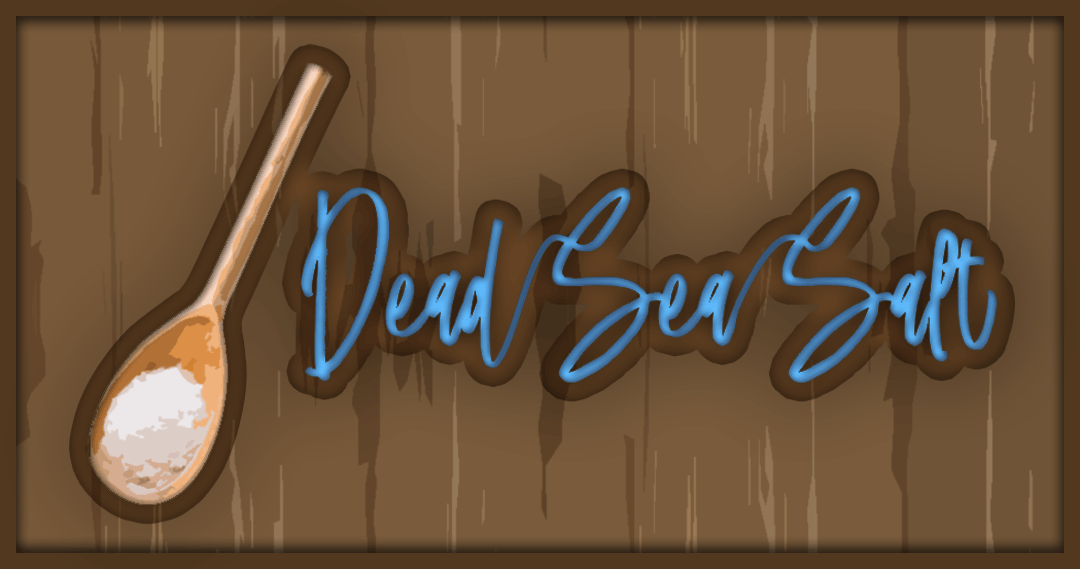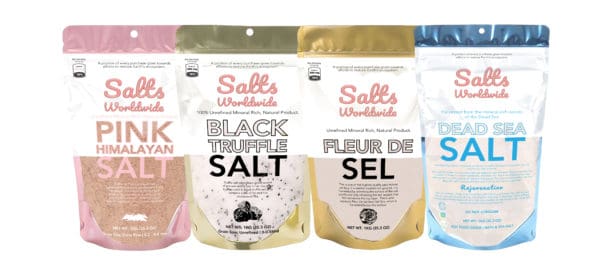Himalayan pink salt is a special form of rock salt mined in the foothills of the mighty Himalayan range. It is chemically identical to diamond salt, except that it contains trace amounts of other minerals that have properties similar to those of diamonds. The pinkish color of Himalayan pink salt comes from iron and sulfur elements.

Himalayan salt contains magnesium, calcium, potassium, sodium, strontium, zinc, iron, manganese, and copper. There are no other minerals present, yet the effects on blood glucose levels are dramatic. If you follow a healthy diet with small amounts of vegetables and fruit in it, then Himalayan salt will greatly reduce your need for insulin to bring glucose into your cells. When the body is unable to use sugar for energy, your blood sugar levels tend to rise. High blood sugar levels increase your risk of developing heart disease and certain types of cancer.
Respiratory health claims are the result of the trace mineral content of Himalayan salt caves. In ancient times, the caves were used as sanctuaries for nomadic tribes. Nomads had abundant sunlight, so they had an abundant supply of energy, but they also had to use the energy produced by burning sun candles to cook their food. The resulting carbon monoxide fumes were deadly to humans living in the dry hills. Over the years, the scientists discovered that trace minerals in the salt caves improved respiratory function by reducing inflammation and improving air circulation. In addition, the minerals decreased the risk of lung cancer, decreased the risk of heart attack, and even lowered blood pressure.
Potassium is an alkaline earth metal. The trace mineral potassium increases the acidity or alkalinity of our blood. It is found naturally in fruits and vegetables as well as salt. It improves the functioning of the kidneys and the function of the thyroid gland.
Calcium, magnesium, and phosphorus are minerals that are common in salt. All three plays important roles in maintaining the health of bones, teeth, cartilage, and the other tissues in the body. In addition, they contribute to the development of strong nails and a healthy immune system. One of the minerals in pink Himalayan salt called strontium is very important for developing strong bones and teeth. Calcium and strontium work together to form osteoporosis, which is why they need to be included in our diet when we buy sea salt.
In regards to other trace elements, iodine is also very important for our bodies. Recent studies have shown that iodine is beneficial in countering thyroid disease. Iodine deficiencies have been linked with poor performance and cognitive impairment in children. A visit to the pink Himalayan salt mine in Kundansui, Pakistan also demonstrates the importance of iodine mineral to our health. As a result, Pakistan is home to the largest deposit of this mineral in the world.
Iron plays an important role in the metabolic process of living organisms. Our red blood cells are made of iron particles. Phosphorous, on the other hand, is needed for the creation of hemoglobin. The trace minerals magnesium and phosphorus can only be obtained from natural sources, which is why the pink Himalayan salt mines produce significant amounts of these minerals.
When it comes to using salt in cooking, we all know that a little salt goes a long way. Although there are now many ways in which we can cook our foods, many of us still prefer using salty dishes. The use of pink Himalayan salt in salt lamps is a perfect way to add flavor and color to our cooking and drinking water. Not only will our homes benefit from the added minerals and other elements of nature, we’ll also save a lot of money at the supermarket as these salt lamps last for years.


Recent Comments